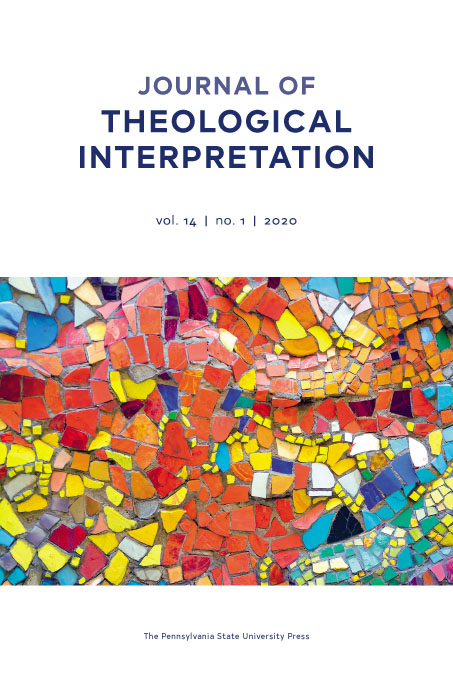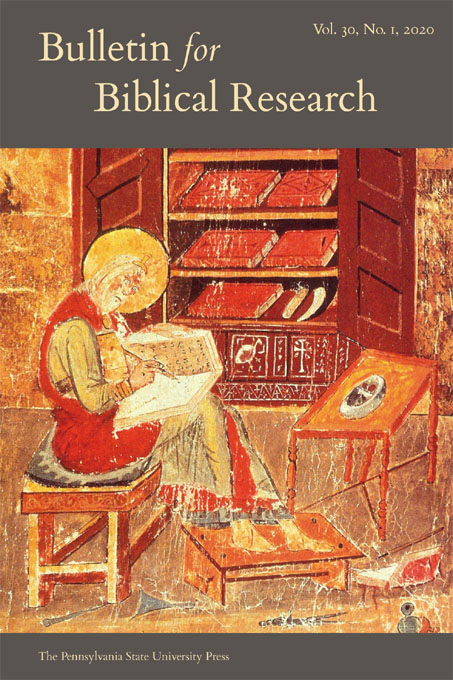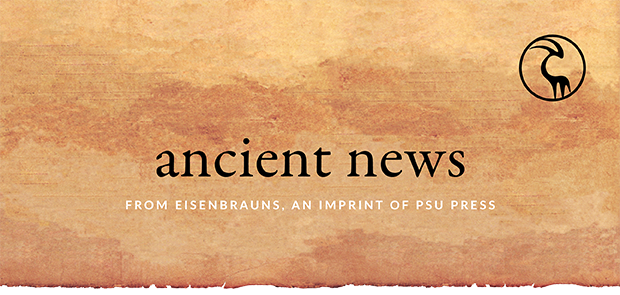
in this issue
general news
Welcome to the August issue of Ancient News!
The Eisenbrauns Hot Sumer Sale is back! Save on all titles, sitewide, until 8/31. If you haven’t received your discount code, sign up for our Sales & Specials emails, and we’ll send it to your email.
The fall 2023 semester is almost here! Re-engage your mind by checking out our Q&A with Karen Nelson, author of our recently released Ḥesed and the New Testament: An Intertextual Categorization Study. Read it by the pool, at the beach, or during a research break in a cool and quiet library.
In new book news, the fifth and final volume of Bezalel Porten and Ada Yardeni’s Textbook of Aramaic Ostraca is publishing later this month. Sign up here to be notified when it is available for purchase on our website, and use promo code NR23 for 30% off the list price.
If you want to see what we’re publishing later this year, check out the section of forthcoming titles from Eisenbrauns in our PSU Press Fall/Winter 2023 catalog, and watch this space for our full Eisenbrauns 2023 catalog, coming soon!
Enjoy!
new books
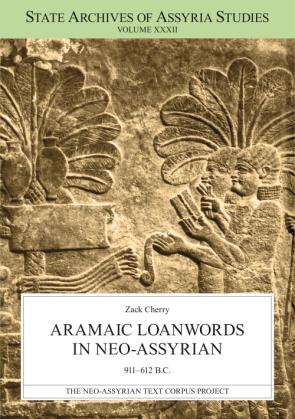
Aramaic Loanwords in Neo-Assyrian 911–612 B.C.
Zack Cherry
This study identifies and analyzes Aramaic loanwords occurring in Neo-Assyrian texts between 911 and 612 B.C. As two Semitic languages, Neo-Assyrian and Aramaic are sibling-descendants of a postulated common ancestor, Proto-Semitic. The work provides information about the contact between the two languages and about the people who spoke them.
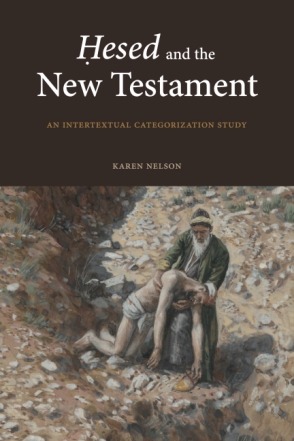
Ḥesed and the New Testament
An Intertextual Categorization Study
Karen Nelson
Ḥesed (steadfast love, loyalty, devotion) denotes an important concept in the Hebrew Bible that is relevant to interpersonal relationships in every generation. In this book, Karen Nelson investigates New Testament approaches to that concept and the exegetical value of recognizing such engagement.
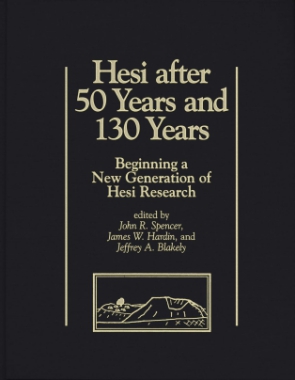
Hesi after 50 Years and 130 Years
Beginning a New Generation of Hesi Research
Edited by John R. Spencer, James W. Hardin, and Jeffrey Blakely
This volume is the first in a new iteration of the Joint Archaeological Expedition to Tell el-Hesi series that builds on previously published volumes. It publishes a final report for part of one of Tell el-Hesi’s excavation fields; a reevaluation of the stratigraphic findings of the original 1891–1892 excavations on Tell el-Hesi, based on excavation work from the 1970s and 1980s; in-depth studies of groups of small finds from the tell; and zooarchaeological analyses that widen the investigative perspective to include the region around the tell.
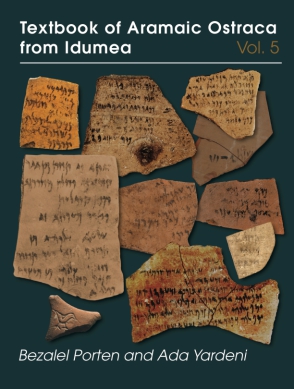
Textbook of Aramaic Ostraca from Idumea, volume 5
Bezalel Porten and Ada Yardeni
In press!
Since the early 1990s, about two thousand Idumean Aramaic ostraca have found their way onto the antiquities market and are now scattered across a number of museums, libraries, and private collections. This fifth and final volume of the Textbook of Aramaic Ostraca from Idumea completes the work of bringing these ostraca together in a single publication.
author q&a
Karen Nelson, author of Ḥesed and the New Testament: An Intertextual Categorization Study, joined us for a Q&A about her current research and how she hopes it will shape the field of biblical research.
Can you tell us about your current research, and how you became interested in the topic?
In the Hebrew Bible, ḥesed is used to denote helpful activity, or a disposition to act in accordance with commitments, resulting from kinship and covenant relational ties or from mutual aid. Each party in the relationship is expected to assist the other when that party is in critical need. Thus, for example, I was intrigued to note that my biblical heroine Ruth demonstrates ḥesed, presumably by accompanying her bereft mother-in-law Naomi to Bethlehem and providing for Naomi there. But God alone demonstrates abundant and enduring ḥesed, and those in covenant relationship with God are expected to respond with covenant obedience.
My interest in the relationship between ḥesed and the New Testament in particular arose from the desire to show those who think there are different portrayals of God in the Old and New Testaments that God’s “love” is consistent throughout the Bible. But in so doing, I discovered that ḥesed is a special kind of steadfast, loyal, or devoted love, never translated by agape (“love”) in the Septuagint, and that there has been some reluctance to address with rigor what appear to be gaps in scholars’ understanding of how New Testament writers engage with the concept originally denoted by ḥesed. I was enthused to undertake the task by such awe-inspiring initial discoveries as this: the incarnation, resurrection and exaltation of Jesus and the regeneration of believers into a living hope, an imperishable inheritance and salvation are almost certainly understood as demonstrations of God’s enduring ḥesed.
How do you anticipate your research will help inspire other research in the field?
Firstly, I offer enhanced readings of several New Testament pericopes, including the parable of the “Good Samaritan,” whose actions demonstrate not only compassion, but probably also ḥesed. Secondly, Bible translators could reconsider how some New Testament occurrences of eleos and hosios are translated in English, in light of the frequent Septuagintal use of these words to render the noun ḥesed or the adjective ḥāsîd. On the other hand, assertions about the “equivalence” of ḥesed and charis or agape could be reexamined in light of the different characteristic uses of those terms in the Septuagint. Thirdly, further consideration could be given to the subcategories of the category ḥsd and the category ḥsyd for Hebrew lexicons, to comparative analysis of the domains and subcategories associated with ḥesed, ḥāsîd, related Hebrew terms, and their Greek/other renderings in biblical and extrabiblical literature, and to the relationship between eleos, eleeō, eleaō, eleēmōn, and eleēmosynē in the New Testament in light of their distinctive nuances in the Septuagint. Lastly, the hybrid of methodological approaches that I have labelled Intertextual Categorization provides one option for biblical scholars to study the relationships between other monosemous Hebrew words and the New Testament.
journals
new from psu press
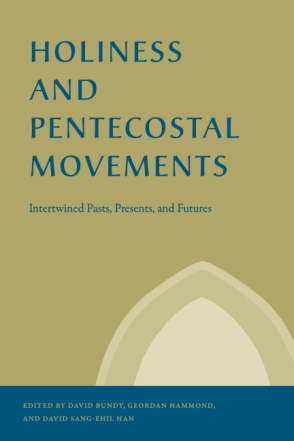
Holiness and Pentecostal Movements
Intertwined Pasts, Presents, and Futures
Edited by David Bundy, Geordan Hammond, and David Sang-Ehil Han
| Control your subscription options |
